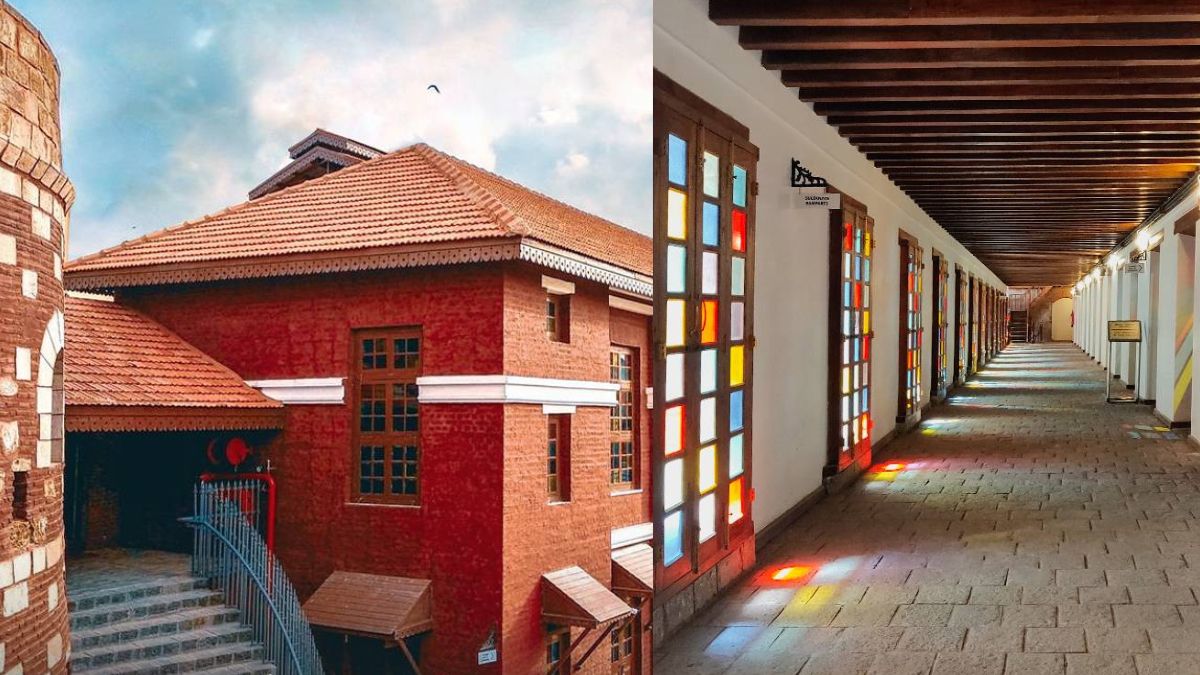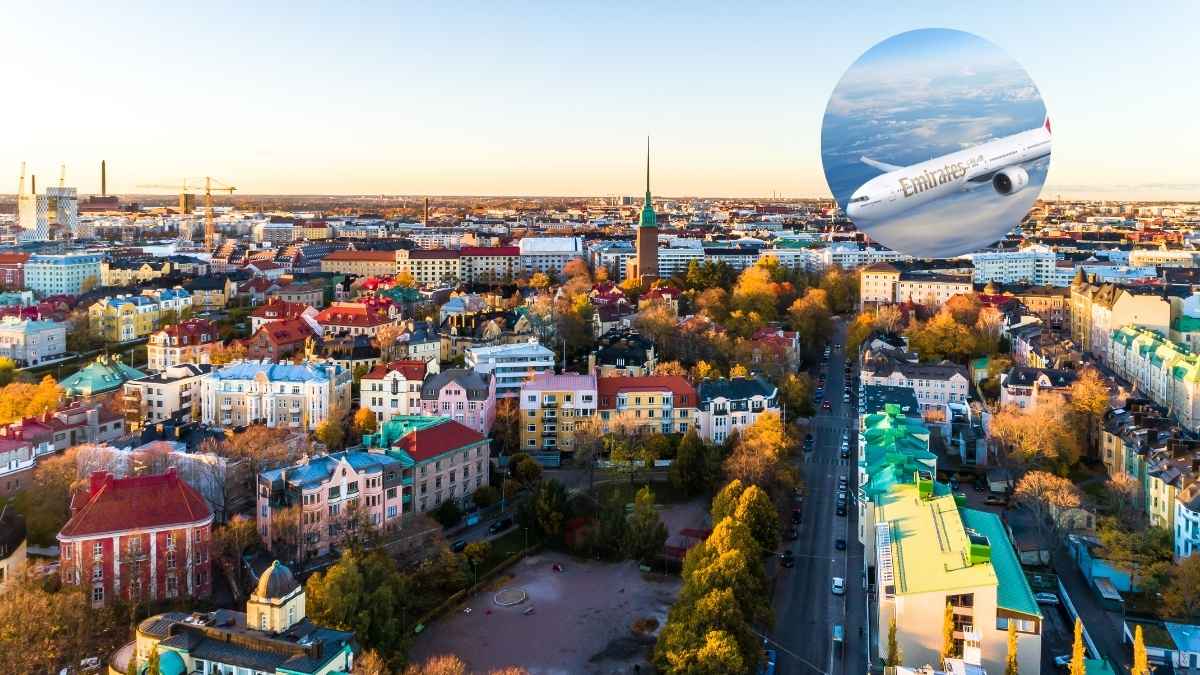Whether you’re a history enthusiast, a foodie, a culture buff, or simply someone seeking a unique travel experience, Surat has something special to offer. When you’re here, visit Surat Castle. With a history dating back to the 16th century, Surat Castle is a captivating monument that tells the tale of a bygone era and continues to captivate visitors.
The Past Times
Restoration of Surat Historic Fort has been transformed under the Smart Cities Mission#SmartCitiesMission #SmartCity #AmritUtsav #MoHUA #SCMAnniversary #8thAnniversay #SuratSmartCity pic.twitter.com/UAqTwFvNIT
— My Surat (@MySuratMySMC) June 25, 2023
Surat Castle has played a pivotal role in the history of Surat, witnessing various periods of prosperity, decline, and transformation. The roots of Surat Castle can be traced back to the 16th century when it was built during the reign of Sultan Mahmud III, a ruler of the Gujarat Sultanate. Enraged by the recurrent destructions of Surat, Sultan Mahmood-III of Ahmedabad (1538–1554) gave the order to build a highly strong castle, entrusting the task to Safi Agha, a Turkish soldier elevated to the title of Khudawand Khan.
The construction of the castle was aimed at fortifying the city against potential threats, including foreign invaders and pirates. During the medieval era, Surat was a bustling trading hub, connecting India to other parts of the world through its busy port. The castle served as a critical defence against foreign invaders.
One of the most remarkable incidents in Surat’s history took place in 1619 when the British East India Company established their first factory in the city. Surat Castle was central to the negotiations and diplomacy that unfolded between the British and the local rulers. The castle became a symbol of resistance.
ALso Read: Inside The Ghogha Hazira RO-RO Ferry Which Connects Surat To Saurashtra!
An Architectural Marvel
Surat Castle: The icon from the 16th century is an epitome of valour and beauty. Built by Sultan Mahmood III, the Surat Castle still preserves the untold stories from history in its walls.#GujaratTourism #ExploreGujarat #Surat #Indiatravel #Castle #Vocalforlocal pic.twitter.com/RWzNyPXyRp
— Gujarat Tourism (@GujaratTourism) July 8, 2021
Surat Castle is a fine example of Indo-Islamic architecture. It features distinct elements that showcase the artistic sensibilities of the time. The walls of the castle were constructed using massive stones and bricks, and its strategic location made it an ideal defensive fortification. The castle was equipped with bastions and watchtowers, adding to its military significance. The amalgamation of these architectural elements was not only intended to safeguard the city but also to project the power and prestige of the Sultanate.
The main fort complex is a fusion of Mughal and Gujarati architectural elements, featuring balconies, arched windows, and beautifully designed courtyards.
The entrance gate, known as the ‘Delhi Darwaza,’ is a splendid example of this architectural style. Two entrance gates were part of the original structure. One faced east and opened onto the Chowk Bazar side. While the other, smaller in size, faced west and faced the river. It served as a gateway from the harbour and allowed direct entry of goods and other items from ships. A ‘draw-bridge’ spanning the moat marked the main entrance gate, another unique feature.
This iconic structure, which has witnessed numerous transformations and challenges, continues to stand tall. Surat might not be on every traveller’s radar. But its many facets and unique charm make it a treasure trove, waiting to be explored. So, discover the allure of this hidden gem, Surat Castle.
Cover image credits: X/Gujarat Tourism
For more such snackable content, interesting discoveries and the latest updates on food, travel and experiences in your city, download the Curly Tales App. Download HERE.
First Published: November 13, 2023 5:36 PM




